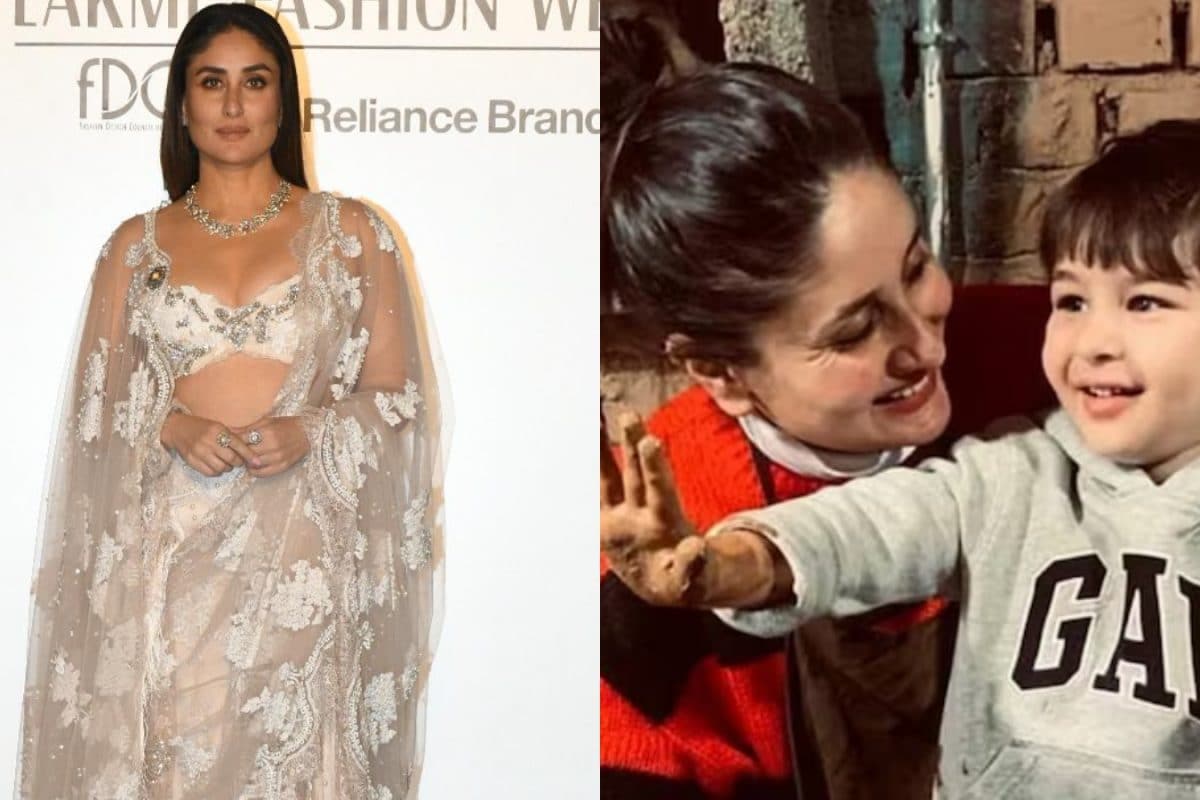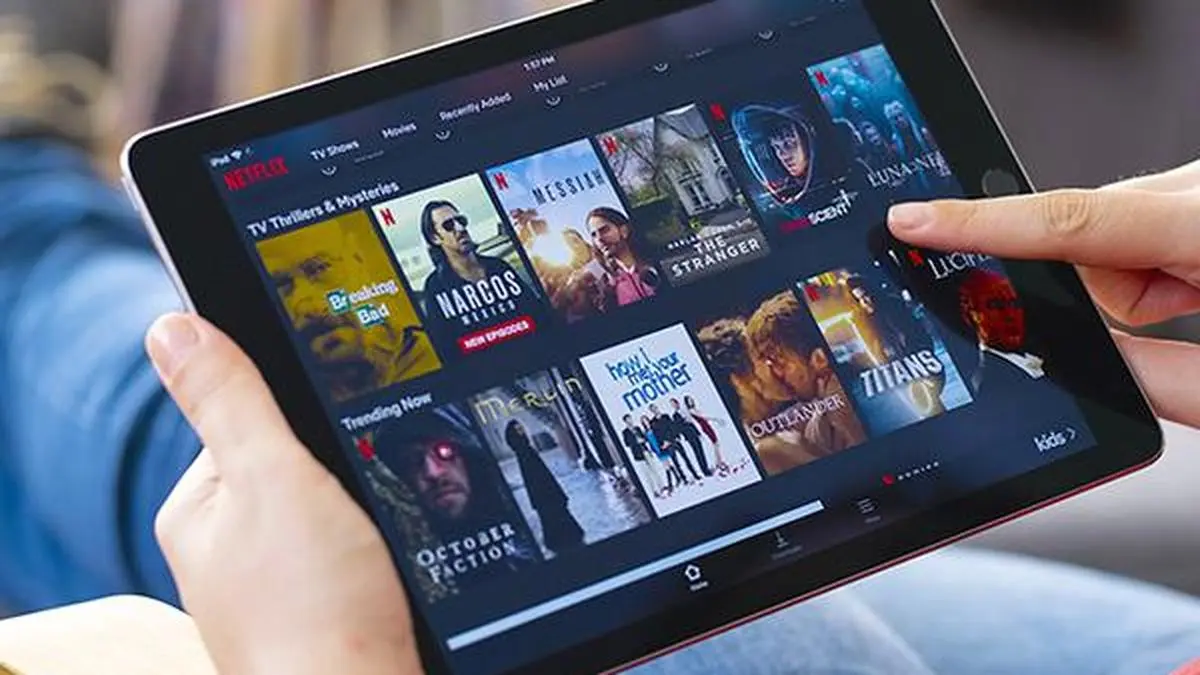Throughout 2024, it often felt hard to keep one’s bearings: Is the presidential campaign now a permanent state of being? Are Tesla robots and Apple headsets really going to be a thing? Is that a drone up there? There are many ways to grapple with these questions. But once again, I’ve set out to perform the annual ritual of assessing and unpacking the year gone by through the objects that captured our attention. Here, then, is the year in objects—the good, the unsettling, and the hard to explain.
Healthcare-assassin gear It would be difficult to invent a scenario more suited to a modern media fever: the cold-blooded murder of a health-insurance executive in midtown Manhattan, sparking a frenzied manhunt. With only glimpses of visual evidence, real and amateur sleuths alike fixated on a few material details , notably the killer’s hooded jacket and backpack. In a late-stage-capitalism twist, many decided that these were rather stylish.

The internet concluded that the jacket was a Levi’s “ Sherpa Lined Two Pocket Hooded Trucker Jacket .” And while the shooter seemed to unexpectedly attain folk hero status (with pro-shooter merch popping up on Amazon and elsewhere ), people were busy snapping up that jacket: 700 of them reportedly sold via Macy’s site in 48 hours. The backpack also was swiftly identified as a Peak Design model, priced at around $280 in its current iteration .
The killer evidently ditched it in Central Park (leaving some Monopoly money inside). For .

























